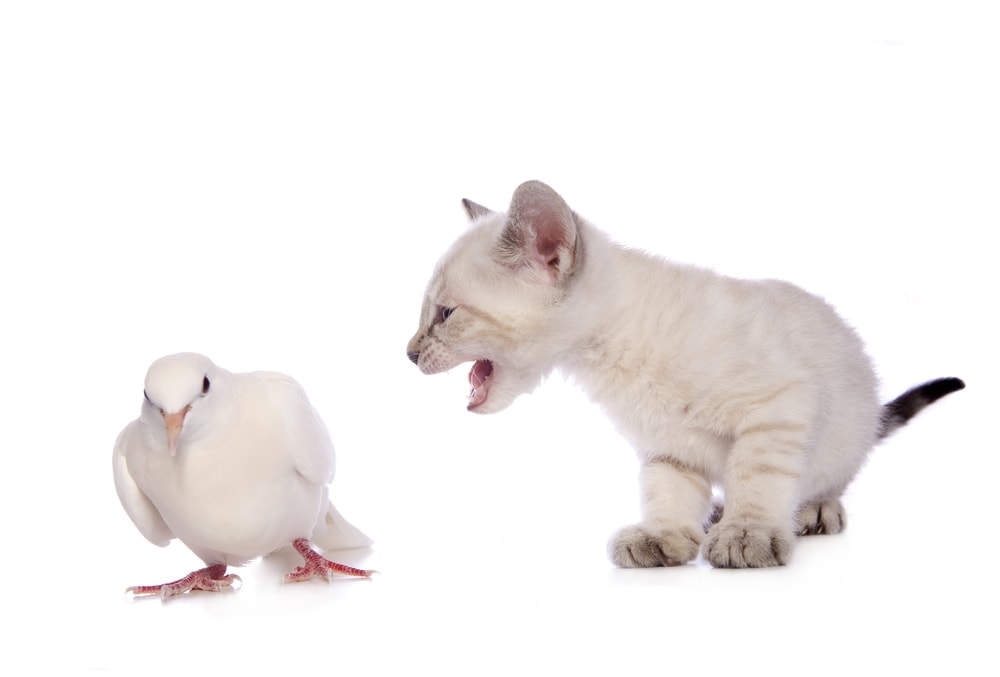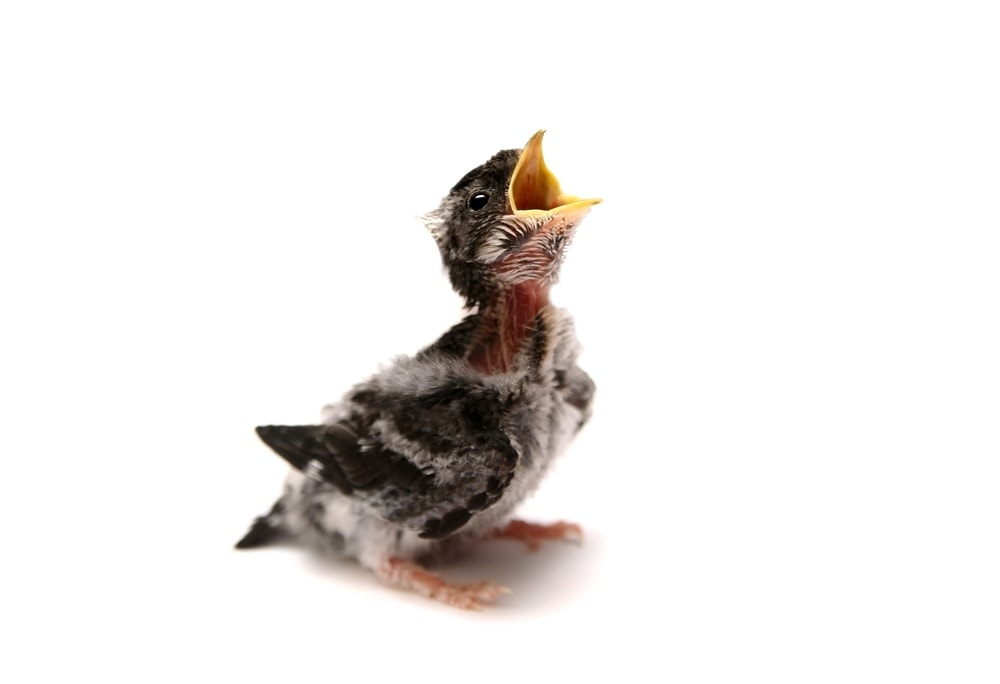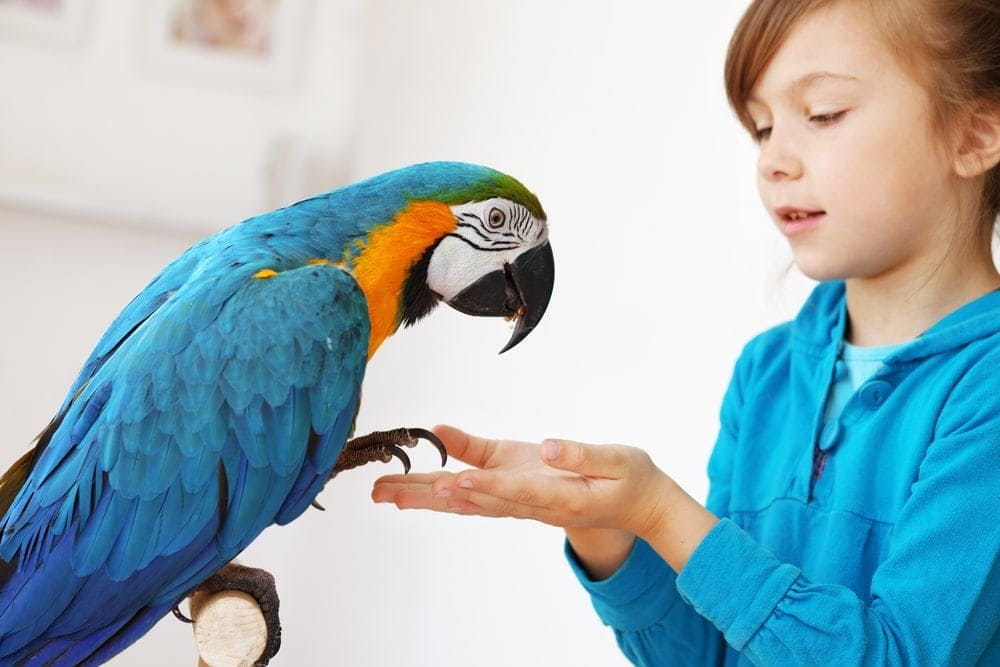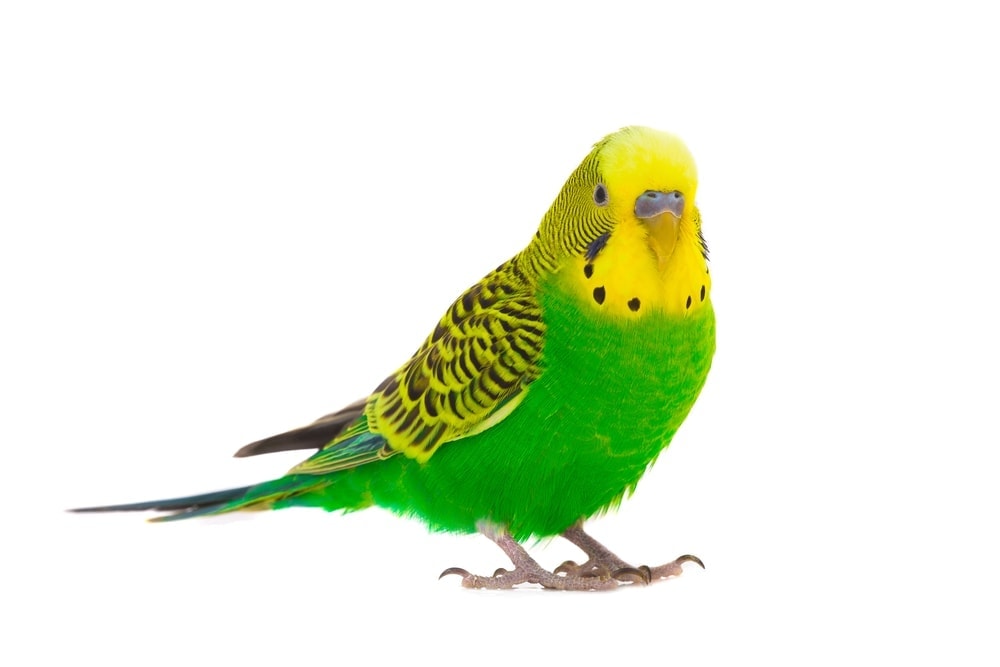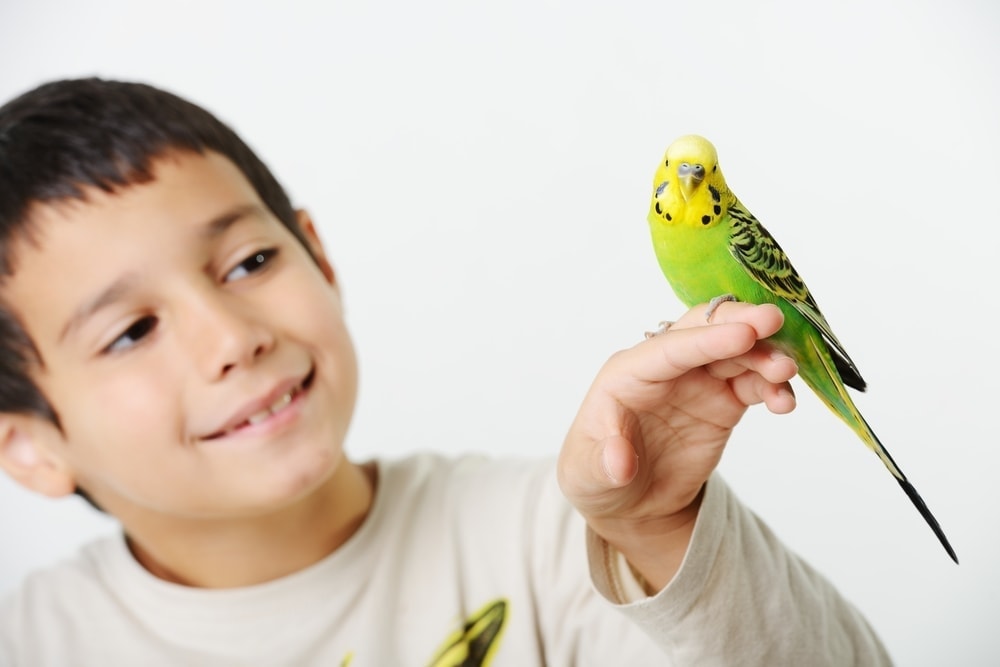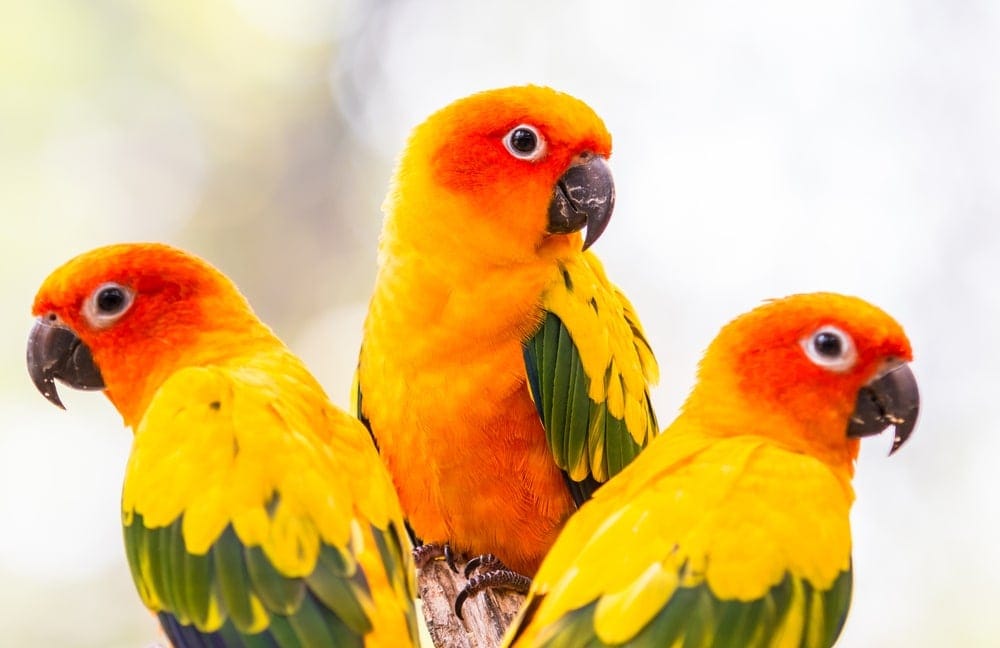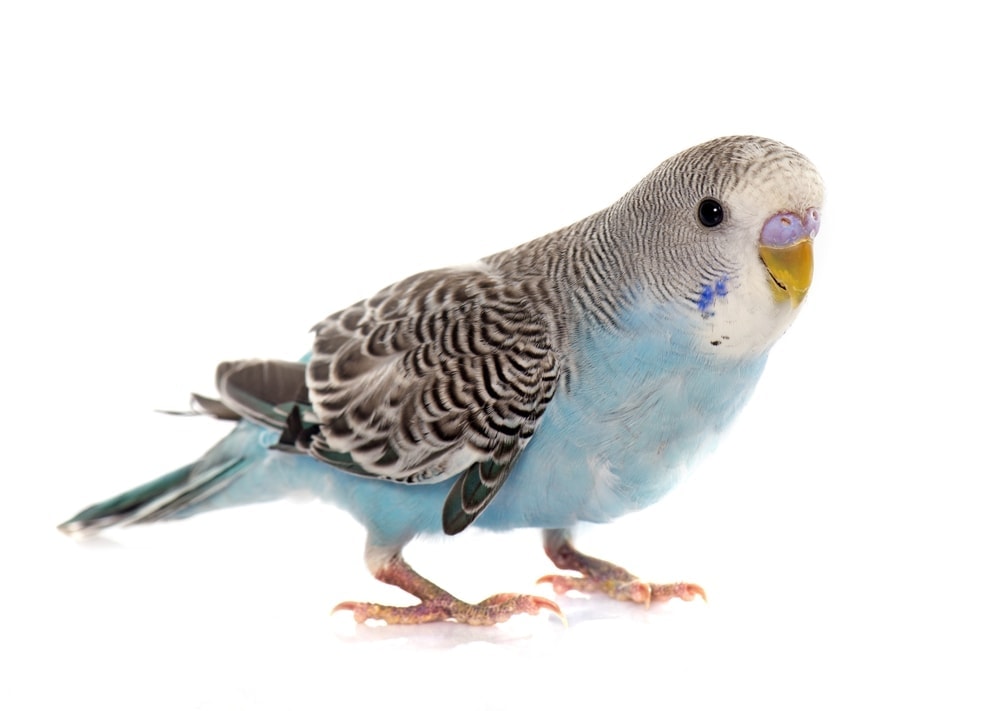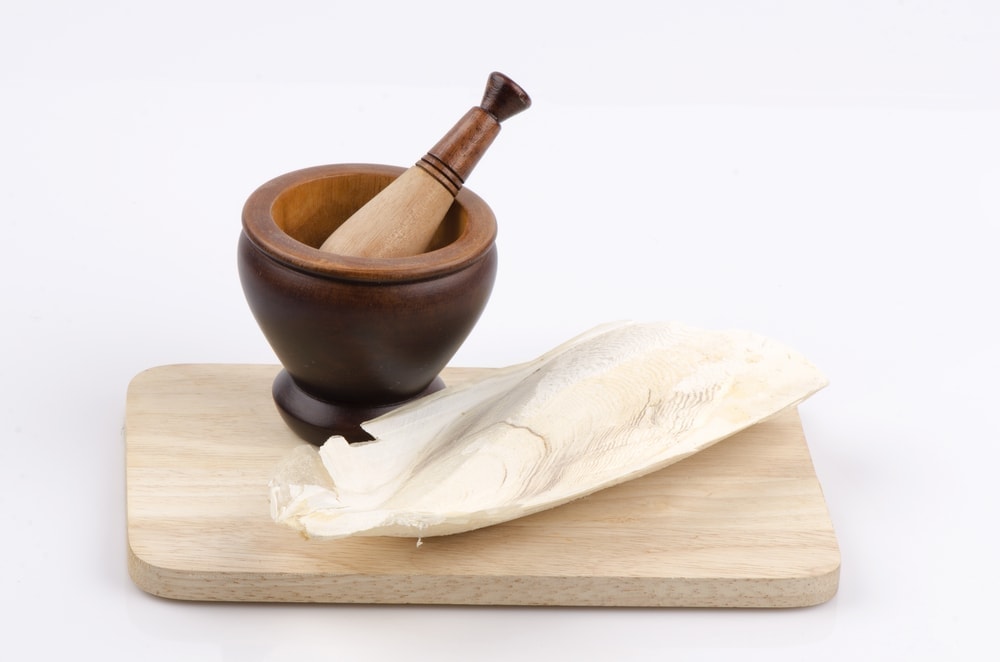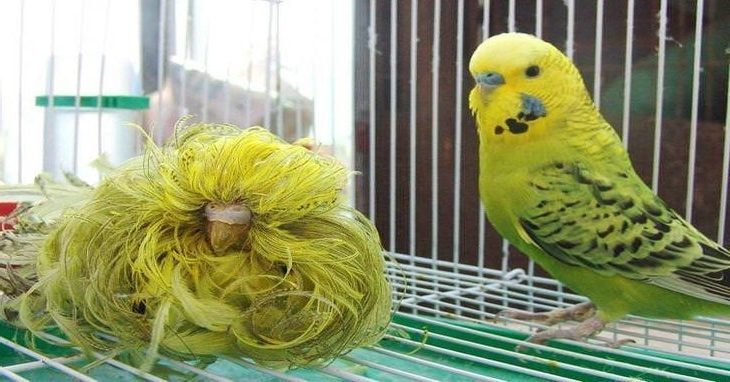The red factor canary is a typical canary from outside.
However, the red factor has a very special trait that bird enthusiasts love so much: the body color of a red factor canary can change based on the diet it’s fed. How cool is that!
The species’ binomial nomenclature is serinus canaries.
Red Factor Canary Information
There are two types of canaries: the normal ones and color-bred ones. The normal canaries are prized for their singing and beauty. However, the color-bred canaries are known for their color, which can be changed through special diets.
The red factor canary is one of the most popular color-bred canaries across the globe.
Typically, the red factor canary is light red. It has a small size and an average lifespan of around 10 years. It prefers hands-off interaction. Hands-off interaction means that the bird doesn’t like to be touched, or might even be terrified of hands. Even with tame red factor canaries, it’s better to keep your hands away.
The red factor canary is just like a typical canary in sounds, body type, feeding habits, etc. However, the ability to influence its color is something of huge value for bird lovers. Pigmented food gives them a different color, just like flamingos, who can be fed something like brine shrimp if you don’t like the white!
The canaries hail from the Canary Islands (and therefore called canaries), a place named after “canis”, Latin for the word dog because the natives kept dogs in great numbers. The wild canaries were essentially typical flinches but with an amazing singing voice. The British imported them in large numbers and bred them, often ending up with prized mutations. This led to the canaries becoming very different than their basic ancestors back in Canary Islands. This is also the reason why different canaries don’t resemble each other very closely: they were all bred differently.
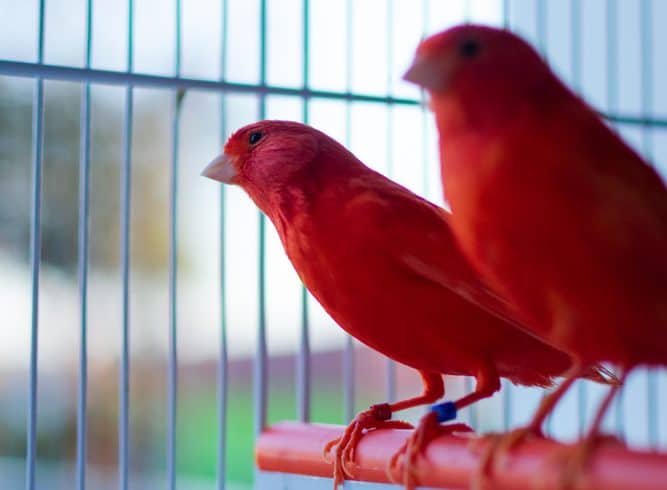
Red Factor Canary Care guide
The canaries are very small but I always tell any bird owner that no matter the size of the bird, you should always invest in a cage that’s as big as your budget and space constraints can ensure. Also, if you’re getting a custom cage made, pay close attention to the bar distance as canaries can slip out if there’s a considerable gap.
Canaries aren’t supposed to be let out for long periods of time, if at all.
Now, I’m guessing you want to play around with your red factor canary’s color. Well, the first thing that you should ensure is that the cage must be at a safe distance from clothing, furniture, fabrics, etc. – especially those that are light-colored.
All pigmented food can drip and the region around the cage will surely become messy one day regardless of how careful you are. Also ensure that the proper cleaning of the cage and the whereabouts is quick, efficient, and effortless. In fact, I’d recommend daily cleaning of the cage.
Basically, you need to chop up and grate different vegetables and fruits – all fresh – in order to influence the color of a red factor canary and turn it deep orange or red. These canaries love fresh diet more than products in any case, so it’s a win-win situation.
Canaries are musical not only in that they sing, but they love music as well. Whenever there’s free time and especially when you’re leaving your house, make sure the music is on so that your red factor canary doesn’t get bored.
Now, if you can’t make color-diet for your red factor canary yourself, you can check online or a pet store for color-formulated diets suitable for birds. And if you have the time and patience to prepare a natural and fresh diet, which is better for your canary’s health, then here’s how:
- Wait for the molting phase of your red factor canary. It’s when the bird is producing new feathers. The pigmentation from the diet can only come on new feathers.
- Get fruits and vegetables that are red and healthy for your bird. Some examples include yams, beets, cayenne pepper, paprika, and carrots.
- Chop them and grate them to make groups of foods. This way, you can feed each group differently and learn which things they like more than others.
- Once you know your canary’s favorite, just go with those foods.
This completely natural and fresh diet combined with proper care, cleaning, and check-ups will ensure that your canary lives for more than 10-12 years.
Red Factor Canary Behavior and nature
The red factor canary is a gentle bird. Handling them is easy as they aren’t known for nippy behavior, attacking, or even biting. They’re mostly calm. However, they’re birds that prefer hands-off interaction. They don’t enjoy close contact and might be scared of it.
That being said, the red factor canary is indeed a beautiful presence in any home. Also, they do recognize you as the owner and enjoy your company once they have done so. But they just won’t get used to close contact, which is a shame.
Now, red factor canaries are not known for their singing (the song canaries are) but they’re still canaries. So, the red factor also has its own beautiful song, which might not be very refined or something that can be improved with training.
Only male canaries sing. Female canaries can sing periodically, or when they are yet to molt.
Sound
The best part about canaries is whether they can sing or not, their voice itself is like a song. It’s beautiful and utterly pleasant. They never create disturbing noises like many other pet birds.
Now, if singing is very important for you, then here are a few pointers (given that you get a male red factor canary):
- Sometimes he can take a while to adjust to a new environment. So, be patient.
- If he’s below the age of six months, he might not sing at all.
- Make sure the cage is roomy, high, and the room is well-lit and draft-free.
- Pairing is very recommended but exhaustion from mating with a female or from fighting with another male can have negative consequences on their singing career. So, if you’re pairing up, then let them have breaks and don’t keep two aggressive male red factors in the same cage.
- During summer when they’re molting, canaries can go into a silent phase. It’s perfectly normal. There are other situations where they can start to molt as well, like increased stress or more than 14 hours of daylight per day, etc.
- Playing classical music helps them sing.
Red Factor Canary Price
A red factor canary typically costs anywhere in the range of $50 to $100. Certain mutations or qualities can increase the price up to $150, but that’s about it.



